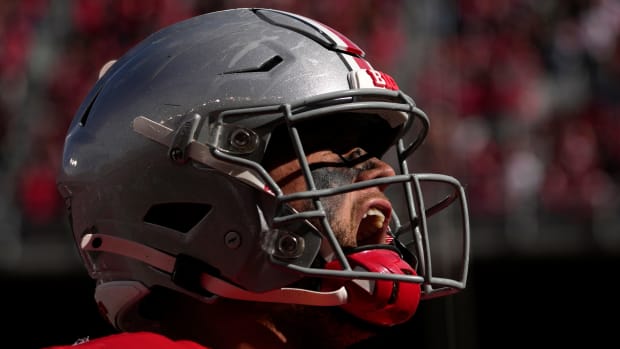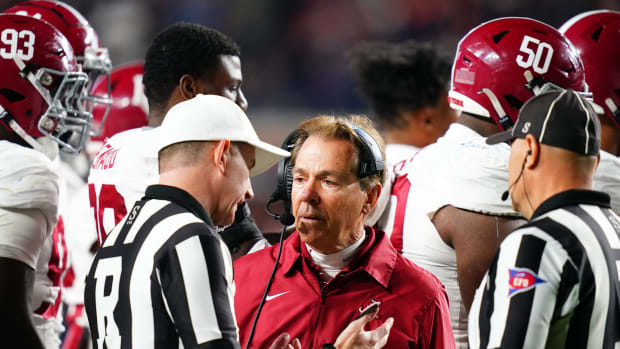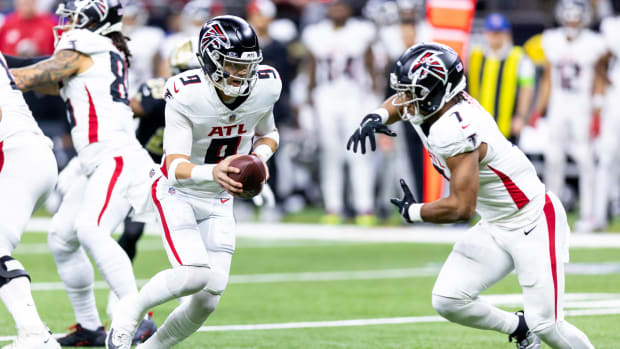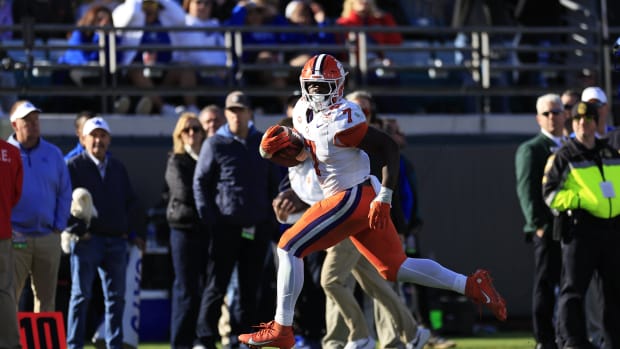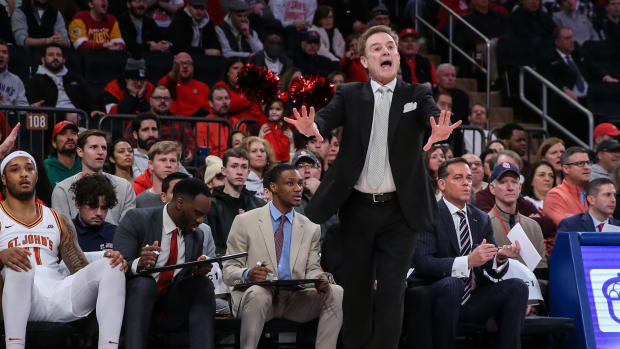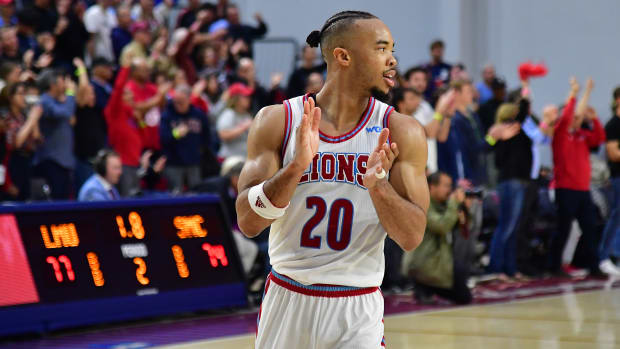
Loyola Marymount Cuts Sports Due To NIL Worries
Name, Image and Likeness is supposed to be a boon to student-athletes financially. And, in many cases, it has helped. But it’s also coming at a cost for some athletic programs.
Loyola Marymount announced earlier this week that it is set to cut six sports after this athletic year. The reason? The school cited changing transfer rules, but perhaps more importantly new rules regarding NIL, in addition to what it called “pending rulings on student-athletes as employees.”
With the decision, 115 student-athletes in six sports will be impacted — men’s rowing, cross-country and track and field, along with women’s rowing, swimming and track and field. The impact will also be felt by the programs’ five full-time coaches and two part-time coaches.
The decision likely means that LMU — which currently supports more than 400 student-athletes and plays in the West Coast Conference — is worried about the current landscape of college sports.
The NCAA is proposing several changes to the landscape, including allowing FBS football to spin off on its own. Meanwhile, NCAA leadership, including Charlie Baker, is lobbying for help from the U.S. Congress.
LMU’s athletic director Craig Pintens wrote in a press release that the school’s “goal is to provide the best student-athlete experience possible, and we are better positioned to achieve our objectives when we concentrate our finite resources on fewer programs.”
He told the Los Angeles Times that the decision came after a lengthy review of all sports programs and that the cuts would bring LMU’s athletic programs to 14, the NCAA Division I minimum.
Pintens told the Times that LMU boosters have set up an independent collective and has hired a new staff member of handle NIL matters. That means the school is making an investment. But, in a world where Ohio State can raise $1 million in a week, LMU has a long way to go.
“Schools that do not devote meaningful attention to NIL opportunities, education and compliance may struggle to compete in the future, particularly when taking into account the transfer portal,” Pintens said to the Times, “We want to be prepared for any direction that NIL may take in future years, including the strong possibility that schools will be able to be involved with NIL within the framework of an institution and athletic department.”

